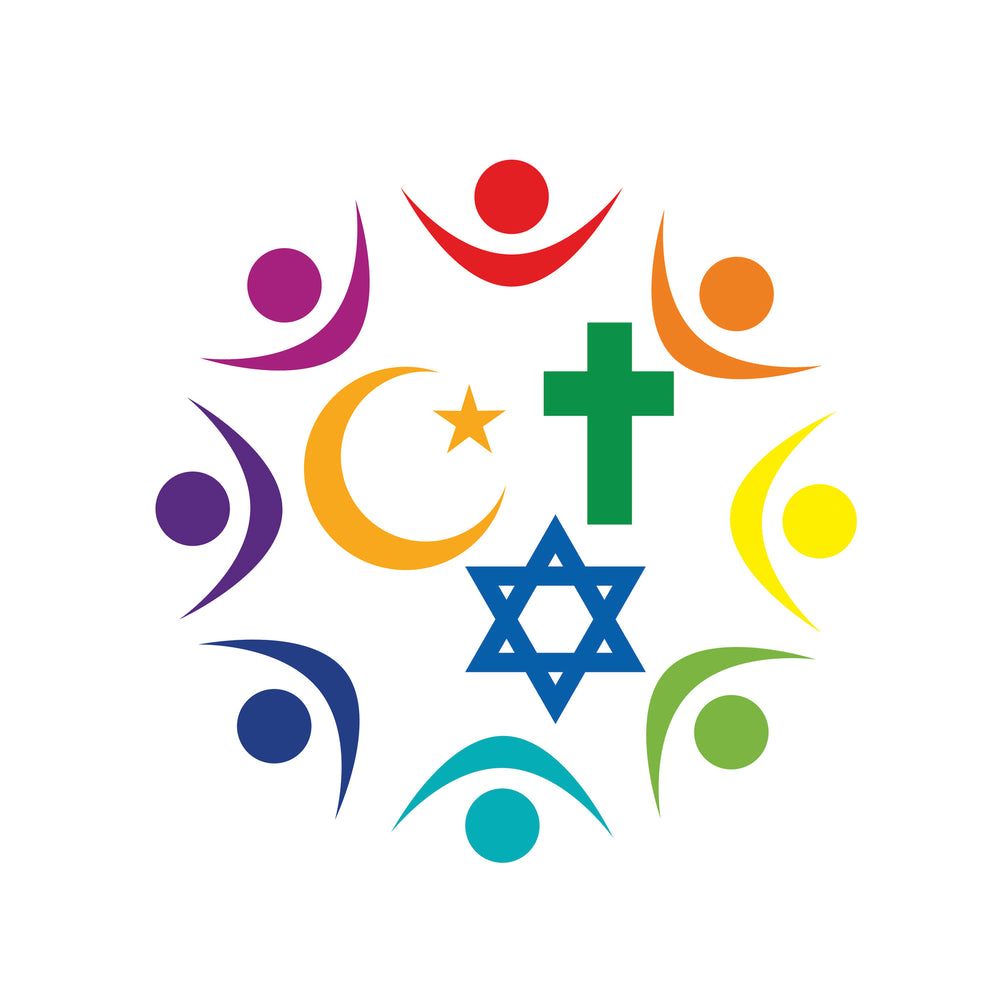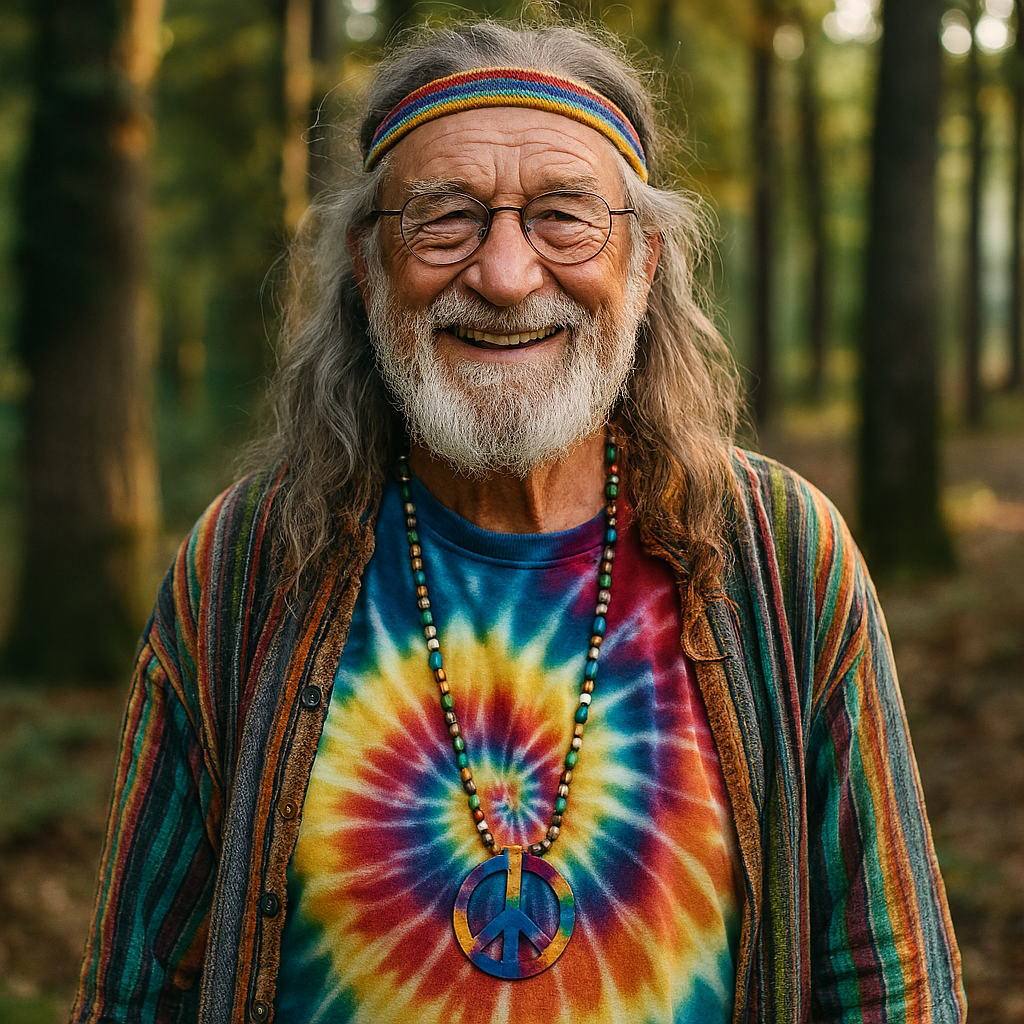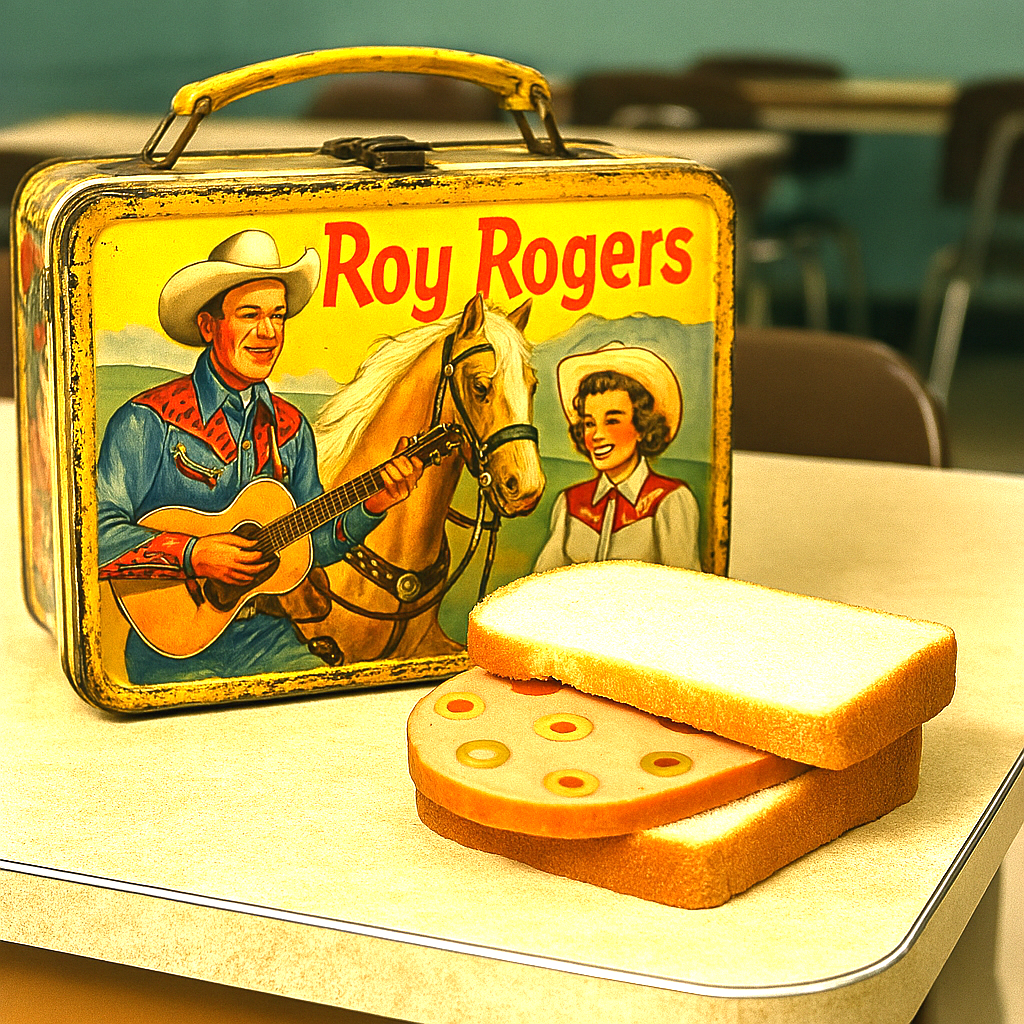The 1970s Hippie: Beliefs, Origins, and Legacy in 2025
The 1970s Hippie: Beliefs, Origins, and Legacy in 2025
By Darrell Griffin, president of PureAudacity.com
✨ Introduction: The Flower Child Archetype
When most people think of a 1970s hippie, they picture tie-dye shirts, flower crowns, barefoot wanderers, and incense-filled gatherings. But beneath the aesthetic lived a powerful cultural force — one that challenged war, consumerism, religious dogma, and social conformity. Hippies weren’t just rebels. They were seekers. Builders of community. Philosophical experimenters. Political activists. Artists. Spiritual nomads.
Now in 2025, we original flower children are in our seventies and eighties, but the ripples of our movement continue. From cannabis reform and climate activism to spiritual pluralism and cooperative living, their fingerprints remain on countless social trends. To understand their enduring influence, let’s explore what hippies believed, how they lived, and where they are now.
🧠 Anti-War Beliefs and Countercultural Resistance
The Vietnam War defined an era — and the hippie movement fought it with everything they had. I had friends who died in the rice fields of Vietnam, and others died in the streets of our cities.
✌️ Why Hippies Opposed the War
- Moral Outrage: The Vietnam conflict felt imperialist, needlessly violent, and politically dishonest. Napalm scars and civilian deaths, shown nightly on TV, shocked a generation.
- Distrust of Authority: For many hippies, the U.S. government had become an agent of corporate greed and deception. Drafting young men for a dubious foreign war confirmed their worst suspicions.
- Existential Trauma: Violence wasn’t just unethical — it was spiritually bankrupt. War contradicted the hippie pursuit of inner peace, love, and consciousness.

🪧 What They Did About It
- Mass Demonstrations: On November 15, 1969, more than 500,000 people gathered in Washington, D.C. for the largest antiwar protest in U.S. history. Hippies were deeply involved.
- Symbolic Protest: “Flower Power” became an anti-war icon — hippies placed daisies in soldiers’ gun barrels and painted peace murals across city walls.
- Draft Resistance: Burning draft cards was a sacred act of defiance. Some fled to Canada or joined underground networks to protect draft dodgers.
- Creative Advocacy: Peace signs. Psychedelic protest songs. Street theater. Hippies often used art as their primary vehicle of resistance.
- Youth Mobilization: By 1970, polls showed 58% of Americans under 30 opposed the war, reflecting the counterculture’s sway on public opinion.
🌿 Marijuana as Culture, Protest, and Spiritual Practice
Marijuana was more than a drug. It was a tool of rebellion, spirituality, artistry — and communion.
🔥 Defiance and Liberation
- Civil Disobedience: Smoking weed was a political act. Hippies rejected criminalization and used cannabis openly at concerts, communes, and protests.
- Subcultural Identity: Terms like “grass,” “reefer,” and “420” became unifying codes. The cannabis leaf became a symbol of peaceful resistance.
- Early Reformers: By advocating for legalization in the ‘70s and ‘80s, hippies laid the foundation for today's victories. As of 2025, 24 U.S. states have legalized recreational cannabis.

🧘 Sacred Experience
- Spiritual Gateway: Many hippies believed marijuana could dissolve the ego, enhance empathy, and connect them to the divine.
- Daily Ritual: Over 60% of commune residents reported using cannabis during meditation, nature walks, and group ceremonies.
- Soft Psychedelic: Unlike LSD or psilocybin, cannabis offered gentler shifts in perception — perfect for everyday introspection and spiritual practice.
🤝 Social Glue
- Joint Circles: Passing a joint wasn’t just about getting high. It was a bonding ritual — a shared breath of solidarity and trust.
- Festival Communion: At gatherings like Woodstock, cannabis smoke drifted through crowds like incense in a sacred temple of music, friendship, and freedom.
- Safer Alternative: Marijuana was often preferred over alcohol — seen as more communal, introspective, and consciousness-enhancing.
🎶 Cultural Integration
- Iconic Voices: Bob Dylan, Janis Joplin, Jimi Hendrix, and Pink Floyd embedded marijuana into their lyrics and lifestyle.
- Visual Style: Psychedelic posters and pot-themed artwork adorned bedrooms, garages, and record stores.
- Language Legacy: Slang and humor built a subcultural identity — one that thrives in 2025 in wellness circles, dispensaries, and festivals.
🌍 Cannabis in 2025
- Growing Acceptance: Marijuana use among adults aged 50–59 jumped from 0.5% in 1984 to nearly 12% by 2015, reflecting long-term cultural adoption.
- Holistic Integration: Today’s cannabis practices — from mindfulness retreats to medicinal therapy — reflect hippie values of plant-based healing and spiritual openness.
🏡 Views on Family and Relationships
Hippies redefined intimacy and parenting, replacing rigidity with connection and experimentation.
- Free Love: Relationships were fluid, consensual, and exploratory. Monogamy was often seen as social programming rather than spiritual truth.
- Communal Parenting: Many communes shared child-rearing responsibilities. Trust, creativity, and emotional safety were prioritized over discipline.
- Gender Equality: Hippies rejected binary roles. Women were empowered; men were encouraged to be vulnerable.
- Enduring Examples:
- The Farm (Tennessee): A spiritual and ecological commune with 1,500 residents at its peak.
- Twin Oaks (Virginia): Still thriving today with around 100 members, practicing income-sharing and communal childcare.
- Taylor Camp (Hawaii): A seaside haven of treehouses and cannabis rituals — blending nature, art, and shared responsibility.
🗳️ Democracy and Grassroots Governance
Hippies didn’t reject politics — they reinvented it from the ground up.
- Consensus Governance: Communes operated on slow, thoughtful deliberation. Every voice mattered. Decisions were made collectively.
- Radical Localism: Political action happened at the street level — co-ops, gardens, community theaters. Activism was personal.
- Rejection of Bureaucracy: Hierarchy was replaced with humanity. Hippies favored informal, organic structures over rules and red tape.
This DIY democracy planted seeds for today’s cooperative movements, horizontal leadership models, and mutual aid networks.
🕉️ Religion and Spirituality
Hippies were spiritual magpies — collecting rituals, symbols, and truths from every tradition.
- Eastern Mysticism: Teachings from Buddhism, Hinduism, and Taoism flourished. Yoga and meditation became everyday practices.
- Psychedelic Revelation: LSD and psilocybin were sacraments. Ego death, cosmic unity, and spiritual rebirth were common themes.
- Nature as Temple: Many hippies embraced pantheism, seeing rivers, trees, and stars as living scripture.
- Jesus People Movement: A Christian counterculture emerged — merging Scripture with sandals, folk songs, and communal living.
- Esoteric Tools: Astrology, tarot, and the I Ching weren’t frivolous — they were maps of inner and outer worlds.
Spirituality wasn’t about orthodoxy. It was about awe — and integration. In 2025, we see these traditions thriving in interfaith communities, wellness retreats, and psychedelic therapy labs.
🎓 Who Became a Hippie?
Certain kids were more likely to trade suburbia for psychedelia:
- Middle-Class Youth: Financial security made rebellion feasible.
- College Students: Campuses introduced them to radical philosophy, existential inquiry, and grassroots activism.
- Creative Souls: Artists, poets, and musicians gravitated toward the freedom and experimentation.
- Idealistic Seekers: Many were disillusioned with the status quo and searching for deeper meaning.
- Alienated Youth: Marginalized by mainstream culture, they found refuge and expression in hippie circles.
🎶 Cultural Expressions: Music, Fashion, and Art
The hippie aesthetic was loud, surreal, and symbolic — a multi-sensory protest against conformity.

- Psychedelic Music: Sitar-laced rock, protest ballads, and tribal drums filled festivals and communes.
- Dramatic Fashion: Fringe jackets. Bell-bottoms. Peace beads. Bare feet and embroidered vests. Every garment was a statement.
- Hallucinatory Art: Mandalas, dreamscapes, and kaleidoscopic posters transformed garages and campuses.
- Festival Culture: Woodstock and the Human Be-In weren’t concerts — they were baptisms into a new way of being.
🧬 Legacy in 2025: Where Are They Now?
Many original hippies are now elders — but they didn’t disappear.
- Environmental Elders: Their back-to-the-land ethos helped birth today’s permaculture and sustainability movements.
- Spiritual Guides: Many now lead retreats, write memoirs, and teach yoga or mindfulness across generations.
- Institutional Reformers: Therapists, educators, and nonprofit pioneers carried hippie values into schools, clinics,





